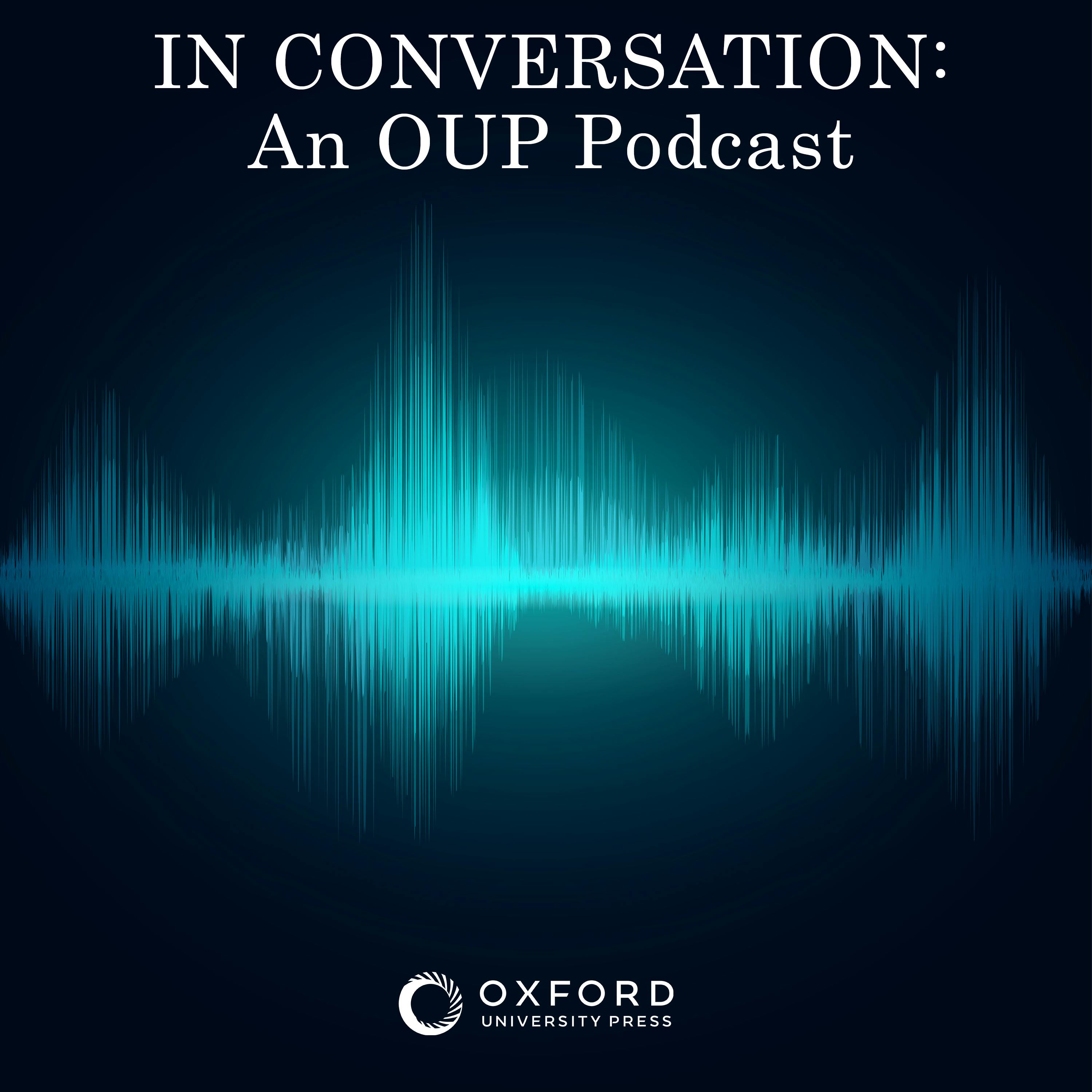
Catherine Tackley, “Benny Goodman’s Famous 1939 Carnegie Hall Jazz Concert” (Oxford UP, 2011)

In Conversation: An OUP Podcast
Shownotes Transcript
Feed: “How do I get to Carnegie Hall?”
Comic: “Practice!”
When I first began to build a jazz record library back in the early 1960s, one particular album stood out. A rare “double-album,” Benny Goodman’s Famous 1938 Carnegie Hall Jazz Concert was more akin in appearance to the records in my parents’ classical record collection. The back stories and analyses of the concert, the marketing of the recording 12 years later in 1950, and the subsequent canonization of the concert and recording is the story Catherine Tackley) tells in her new book for the Oxford Studies in Recorded Jazz Series, Benny Goodman’s Famous 1938 Carnegie Hall Jazz Concert )(Oxford University Press, 2011)
Tackley is an extremely busy and talented woman. An academic, musician, writer, teacher, and performer, she adores both the study of and playing jazz. She played Goodman’s songs herself with her big band Dr. Jazz and the Cheshire cats “in a room full of the world’s leading jazz scholars.” Now that’s academic courage!
Benny Goodman, billed the “King of Swing,” was uneasy about the longevity of the label; a perfectionist and an artful player of both jazz and classical music, he feared that he’d be typecast. His Carnegie Hall concert was “sold” by promoters at the time as an important event in the history of the evolution of jazz in general and swing in particular.
Nonetheless, Tackley recounts how Carnegie Hall had been the site of both classical and popular music, with “crossover” antecedents to “jazz” concerts going back as far as 1912 when an integrated audience attended the Clef Club orchestra consisting of all black musicians who “played a program of traditional spirituals and compositions by black composers.” And there were others, including Paul Whiteman’s orchestra and W.C. Handy featuring Fats Waller, all of whom played at Carnegie Hall before Goodman.
Goodman and his band were already well known to the public due to his many live, nationally broadcast radio programs. Tackley uses a musician’s and historian’s approach in analyzing the subtle differences in the arrangements and performances on the January 16, 1938 program. She also tells interesting anecdotes about drummer Gene Krupa, trumpeter Harry James, vibe-player Lionel Hampton, pianist Jess Stacey and many others. Members of Duke Ellington’s and Count Basie’s bands also participated in the jam session that night, too. Ironically, for the musicians who played that evening, it might have been just another working night. After the concert many of the musicians went to the Savoy Ballroom to hear a battle of two other famous bands –Count Basie and Billie Holiday dueling it out with Chick Webb and Ella Fitzgerald!
Finally, the author tells the story of the concert’s own creation myth when 12 years later, in 1950, the acetates from the concert were “found” and subsequently marketed by Columbia Records. Goodman, the critics, and the producers at Columbia thought the release might revive swing. Jazz and Goodman had long moved on to other forms, but the concert on January 16, 1938 became part of jazz history nonetheless. Tackley’s story of the concert, the individual song performances, the critical and audience responses, and the later marketing of the recording gives the reader a fascinating glimpse at how the music that night became part of jazz’s and America’s cultural legacy.
On a personal note, my wonderful father-in-law, who passed away in February, 2013, was a WWII veteran who adored big bands and the music of Benny Goodman.